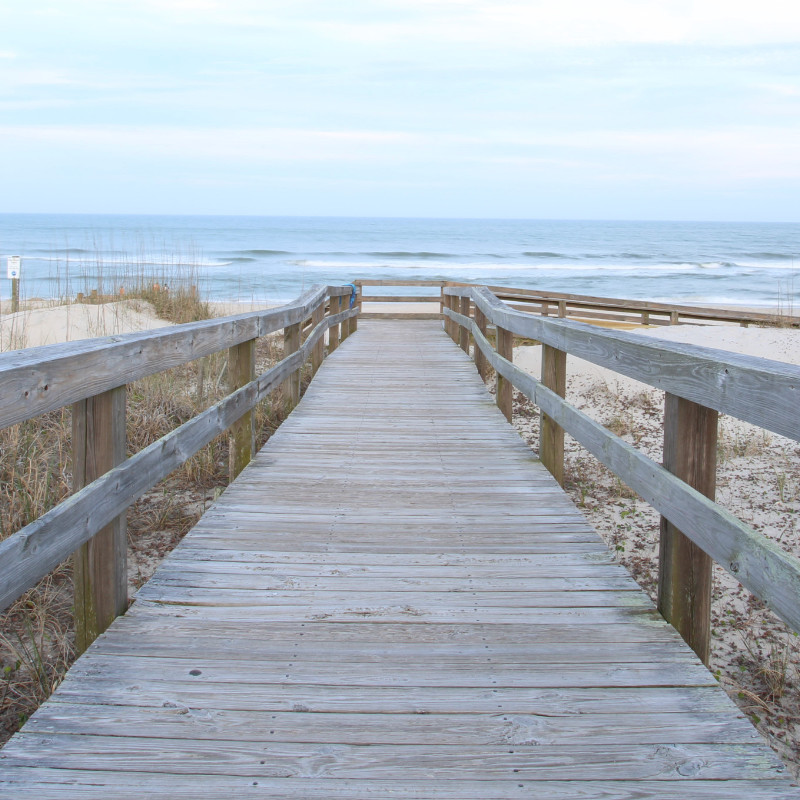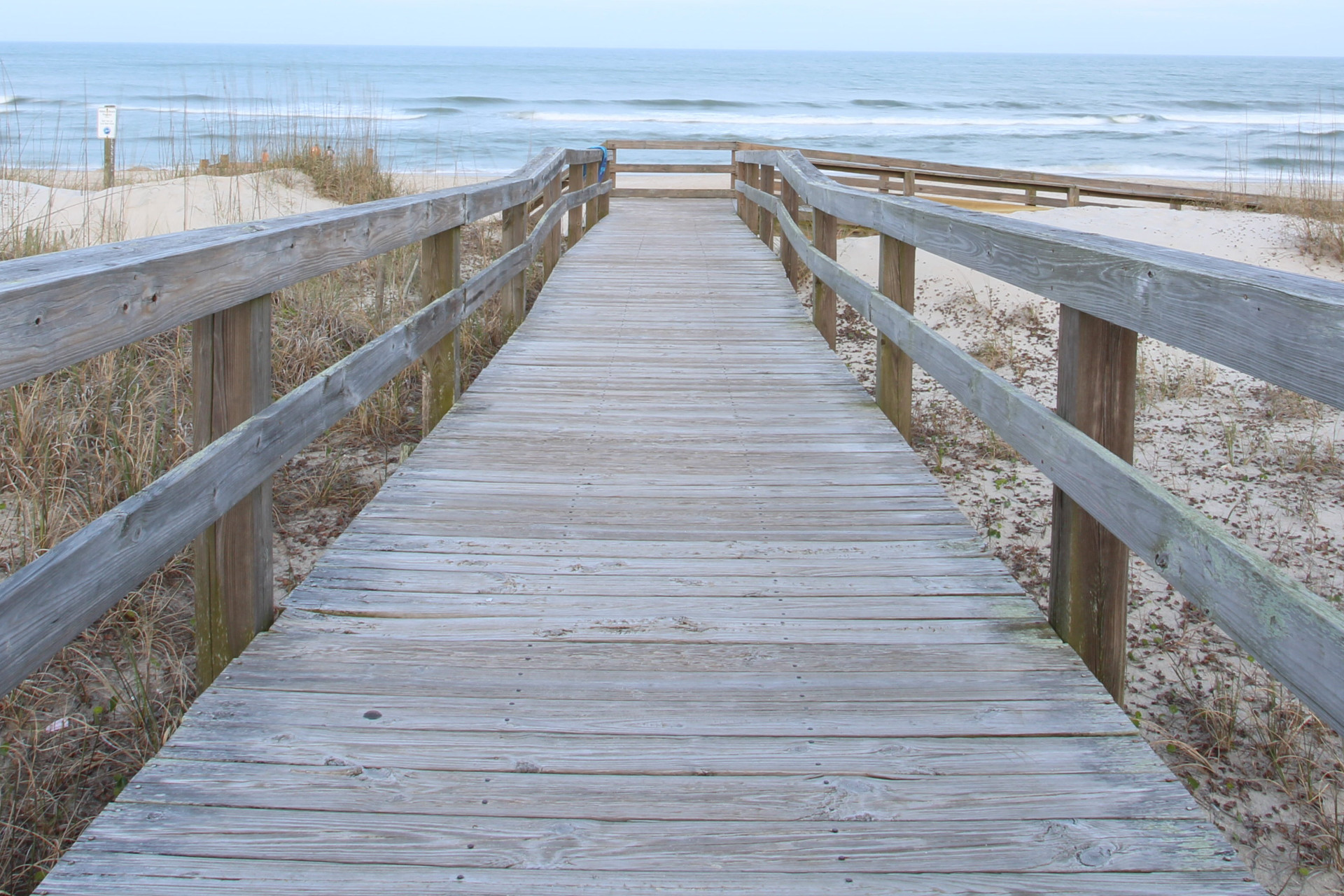24
Mar 2021
By Kathi Ferguson
One of the most quintessential and sought after attractions on the Eastern seaboard would have to be the lighthouse. These maritime beacons have served as a warning signal against dangerous coastlines, reefs, and hazardous shoals since the turn of the 18th century. Before their existence, mariners were guided by fires built on a platform atop a hill.
The coastal town of Fenwick Island, Delaware sits on a narrow peninsula near the Delaware/Maryland state line. During the mid-Nineteenth Century, periods of limited visibility endangered mariners of running aground Fenwick Island Shoal, located roughly six miles off-shore. The increasing number of shipwrecks prompted the establishment of a lighthouse on the Island in 1856.
This 87-foot structure had its official lighting on August 1, 1859, making it the oldest lighthouse in the state of Delaware. Its Fresnel lens, invented by physicist Augustin Fresnel, was designed to collect and focus the light rays into a horizontal beam that increased light output dramatically from the old reflector systems. The Fenwick Island Light beam was capable of transmitting light over twenty miles out to sea.
Of course, every lighthouse has a keeper. At the Fenwick Light, a keeper’s residence was built just east of the tower atop a brick cellar that housed a 2,500-gallon cistern for storing rainwater captured from the dwelling’s roof. It housed two families – the main keeper and his family on the first floor and the assistant keeper’s family residing on the second floor. Two families in one dwelling quickly became over-crowded, prompting an addition to the existing home in 1878, followed by the construction of an entirely new residence just west of the tower in 1881. The two keepers’ houses are now private residences.
The last keeper of Fenwick Light, Charles L. Gray, purchased three-quarters of the station’s land including the old dwelling, from the U.S. Coast Guard in 1939. After being decommissioned by the Government in 1978 and its Fresnel lens removed, the citizens of Delaware, Maryland, as well as visitors from across the United States and all over the world began protesting the “turning-off” of the lighthouse. Mr. Paul Pepper, whose great-grandfather, David M. Warrington, was the third keeper of the light, and whose grandfather served as an assistant keeper, was the driving force behind the effort to keeping the light on. For sixty years, Paul and his wife Dorothy had enjoyed viewing the beacon from their nearby home.
On September 21, 1981, the Coast Guard transferred ownership of the tower to the State of Delaware, which then leased it to the citizens group, “Friends of the Fenwick Island Lighthouse” to which Mr. Pepper was elected president. In 1982, the historic light tower was returned to its original grandness and the Fresnel lens was relit. Over the years, several generations of “Friends of the Fenwick Island Lighthouse”, charged by the State of Delaware, have been dedicated to caring for and maintain this impressive structure.
Fenwick Island Lighthouse is currently used as a museum and private aid to navigation.






